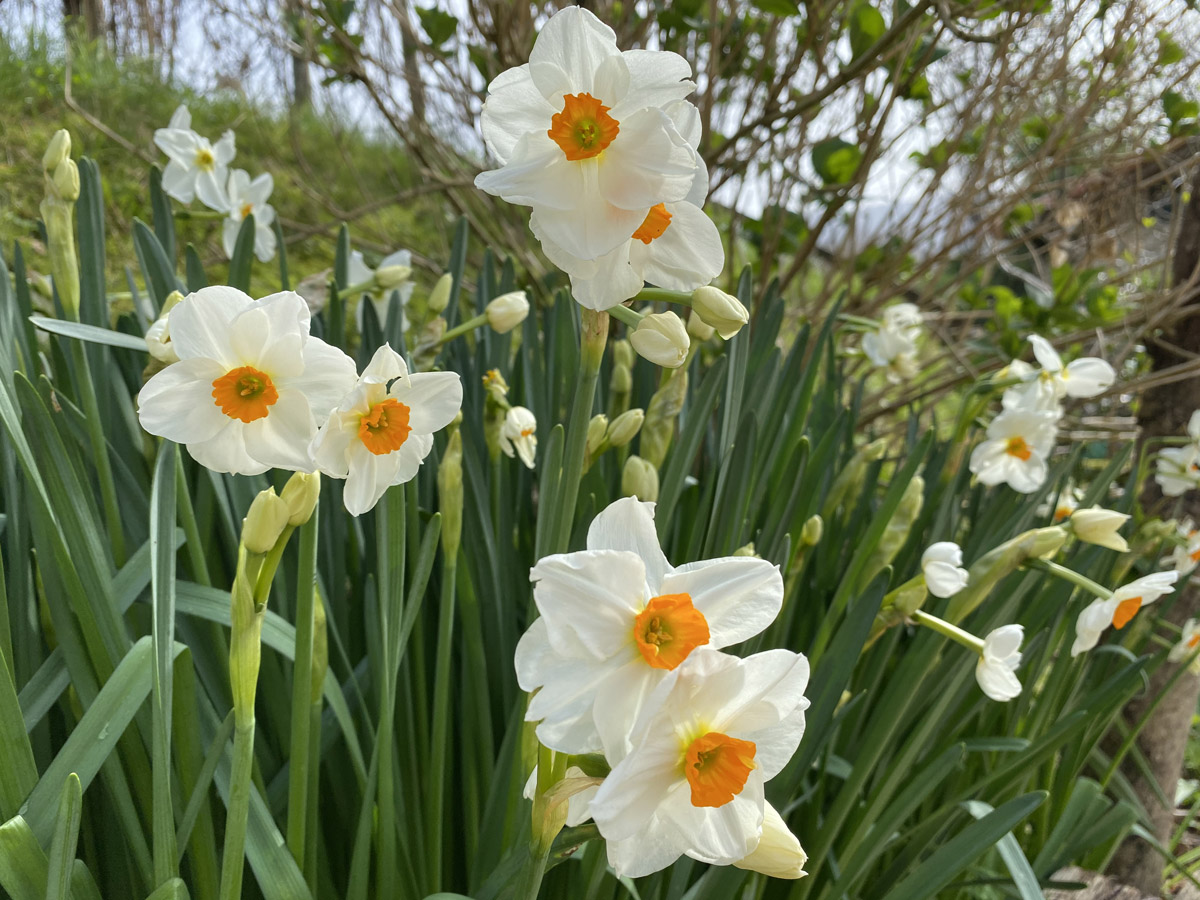Burundanga of asthmatic herb

In the pile of manure and waste there is usually a guest in summer, although not always: estrammonium or estrammonium, Datura stramonum. Some have also received the names of “carbonero” or “higuzoro” for this plant. It is a striking, upright plant, with a glowing foliage, large white flowers and prickly nuts. Flamenco botanist and physician Rembert Doens (1517-1585) said it was pomum spinosum for the fruit. Later, in Spanish, in Spanish, in Portuguese and in Galician it is called a spinning pomo, in French tête de hérisson or hérisson, in Catalan castanyer and castanyes, in English thornapple and in German Dornapfel. It was long talked about whether it was brought or arrived from the Caspian Sea or America. Apparently, he came from Mexico in the 16th century. In Guarani they call Yua here: the thorn “yu”, the fruit organism “a” or being organic, do “ha” and sleep “que”, that is, the dormed extractor plant with spiny fruit.
It's a very toxic plant. In all its parts it has hyosciamine, atropine and scopolamine. The poison depends on the dose, and these substances have been widely used and are used in medicine. But the poison is scary and has been given ugly names of all kinds in the languages of our environment: devil's weed, stench weed, devil's peppers, peak of hell, crazy beak, sorcerer's herb, herb of the dead, butcher's meat, sardine, gypsy apple, poison, etc. It's called the shaman devil, crazy or crazy.
The farmers know it very well and do not want to see it. However, some use it for their own sake, because they know that most other animals don't love it. It is also known in Spanish as eskolobos (repellent wolf), ratonera yerba (mouse herb), matatopos (topo matador). The French call it herbe des taupes. The asthma herb drives away the “bad” animals around us.
Scopolamine stands out among its poisons. It is used in medicine as a tranquilizer, cure of dizziness, etc., but also as a drug, although with significant collateral damage. Among them there is great drowsiness and deep amnesia. It is the main ingredient of the famous burundanga that is suspected of increasing use of sexual rape. Care must be taken with stacks of manure and spoilage.
Lilipak edo nartzisoak loretan dira. Nabarmen adierazten dute mendean hartutako bere lurren berri. Neguan loratzen dira, kolore zuri-hori ikusgarritan, eta usaina bafadaka hedatzen dute. Multzoka bizi dira; lurpean erraboila emankorra dute, eta bat zen tokian, urtetik urtera... [+]
Udari begira jarri gaituen eguraldi honek landareak ederki mugitu ditu. Gu ere bai. Zaldibarren, Eitzaga auzoko zabortegiko madarikazioaren ardurak eskatzera, eta langileei, haien senideei eta auzotarrei babesa emateko manifestazioan Eibarko Amañatik abiatu ginen. Hasi... [+]
I remember as a kid how we called it the "little boy." The flower reminded us of the chicken's head. José María Lakoizketa was named “kurkubia” in Bertizarana in 1888, as its fruit resembles a kurkubi or bottle. He says in Cinco Villas they call him “cascabel.” In 1976... [+]
The danger of plant extinction may have many reasons. In the past, they were divided into three groups: diseases, pests and herbs or “bad” plants. Today, there is a tendency to call plague to all plant disasters. Previously, an accident caused by the proliferation of... [+]
The year of Dalia, the pinnata Dahlia, was chosen this year by the organizers of the festival. Well said, it's the year of Dahlia. Dictionaries and encyclopedias in Euskera call this plant “dalia”; I think we should call it “dahlia”.
The Spanish invaders who met Dahlia... [+]
Plants are known to smell, more and more. We had known for a long time that plant martingale was to protect itself from herbivorous animals: the plant that has been bitten releases the odor to warn neighboring plants, that they will knead the leaves and will not be of taste to... [+]
Lately, I asked Joxe Anton Arze, one of the most beautiful Basque landscape architects, about the names of the plants that had white flowers. It's already in its Mortecine light.
Grapefruit (Narcissus poeticus), Star perico (Stelaria holostea), White hawthorn (Crataegus... [+]















